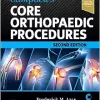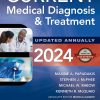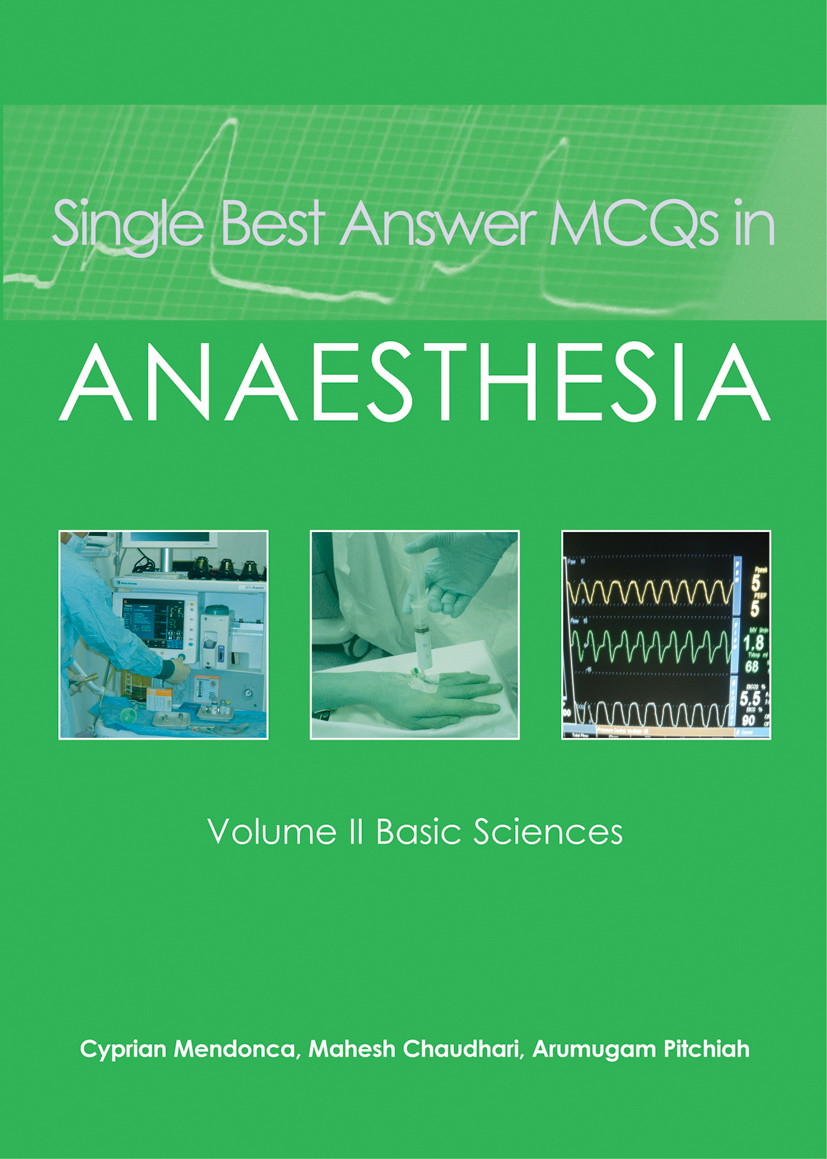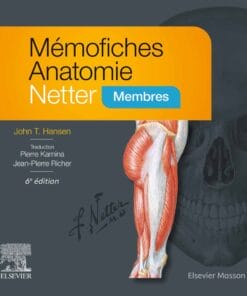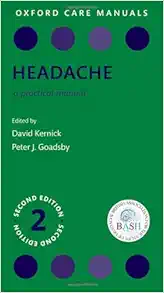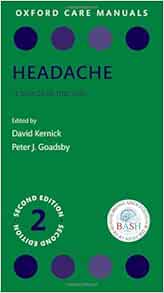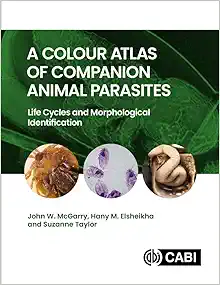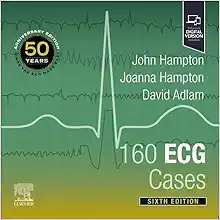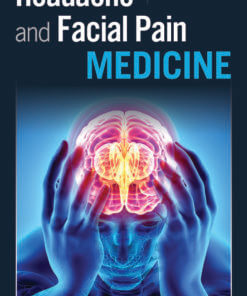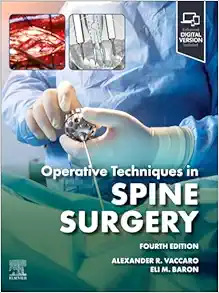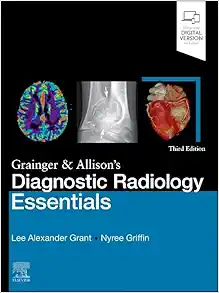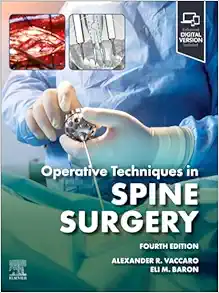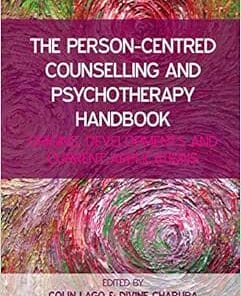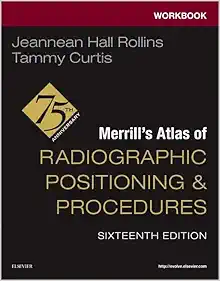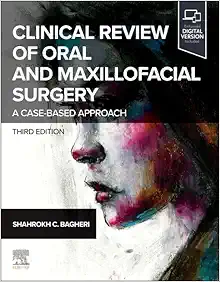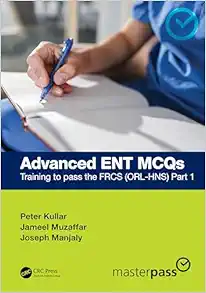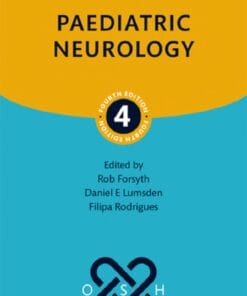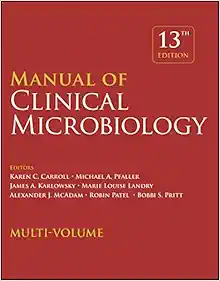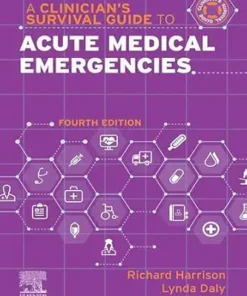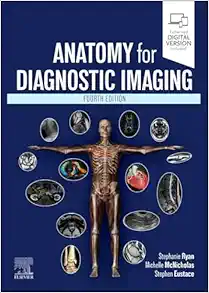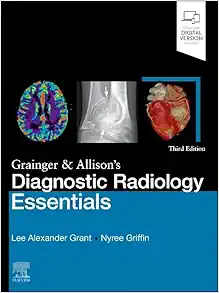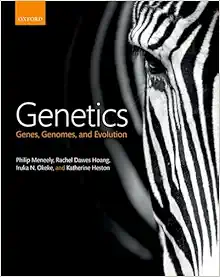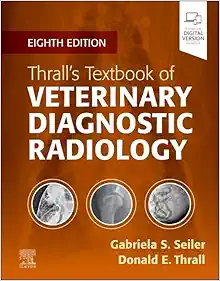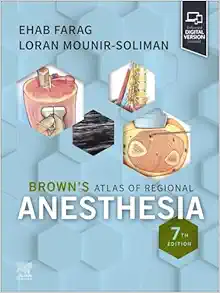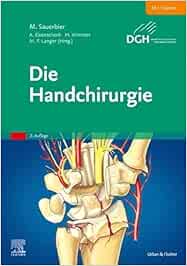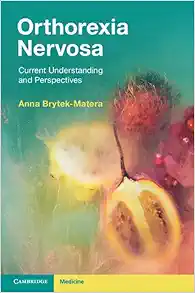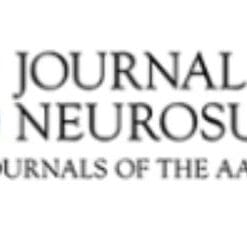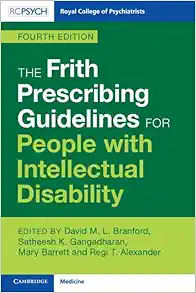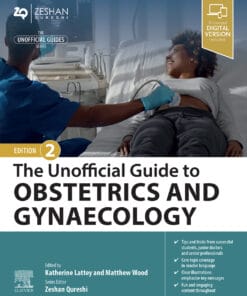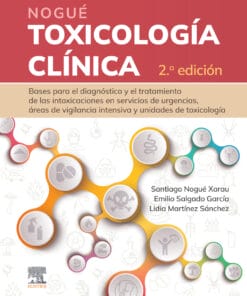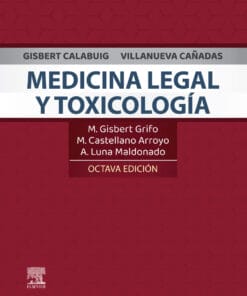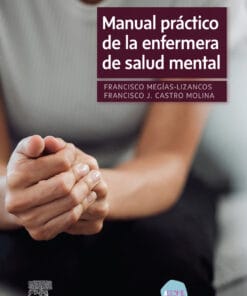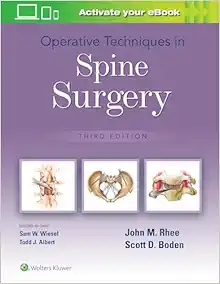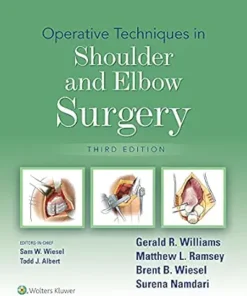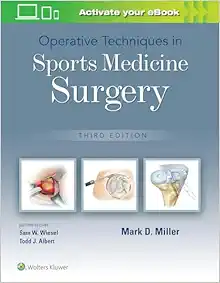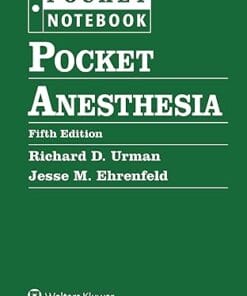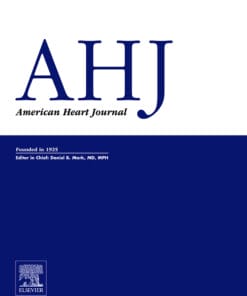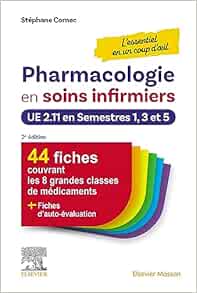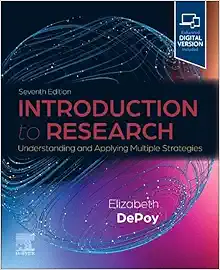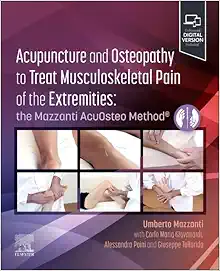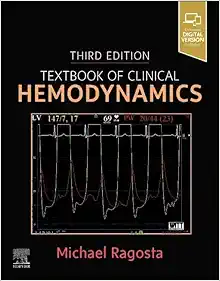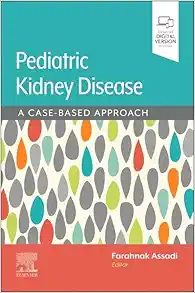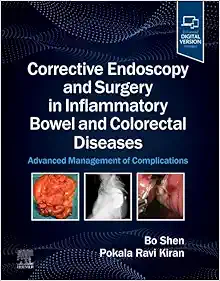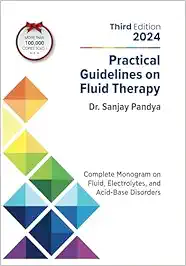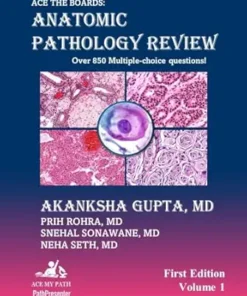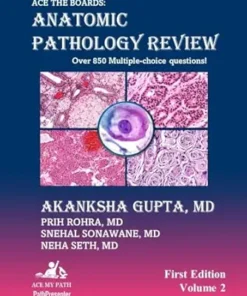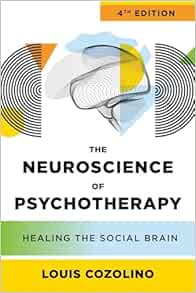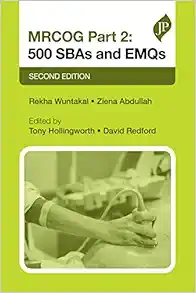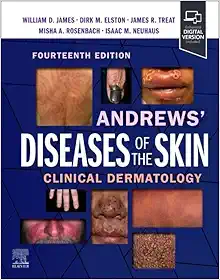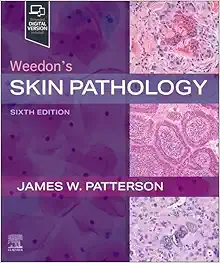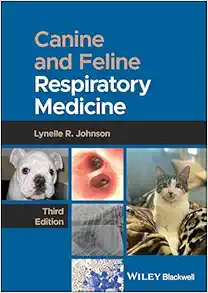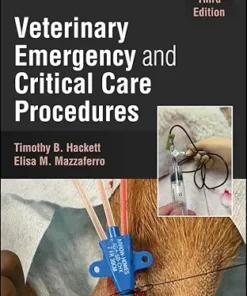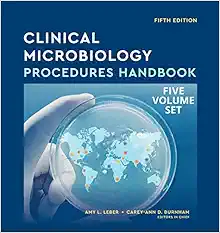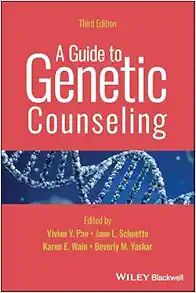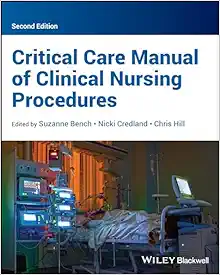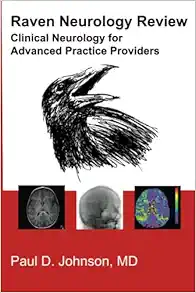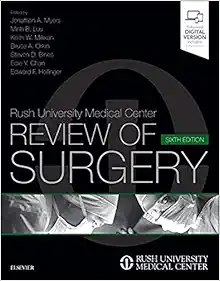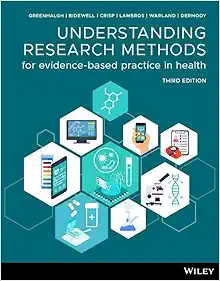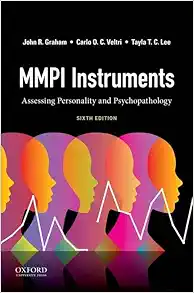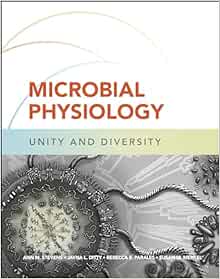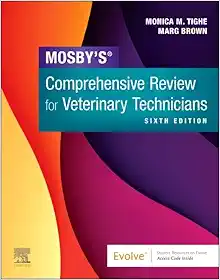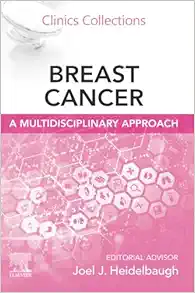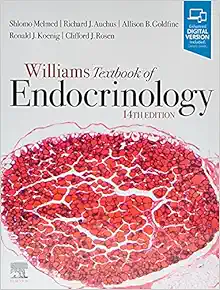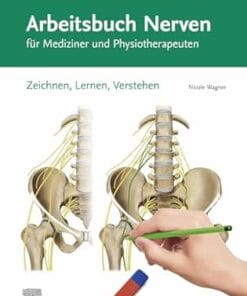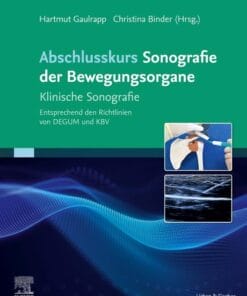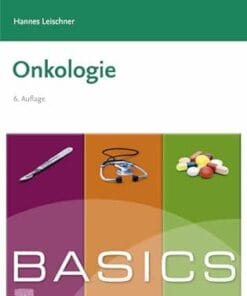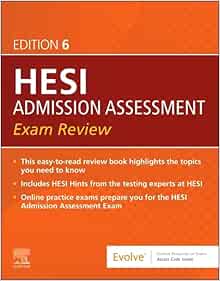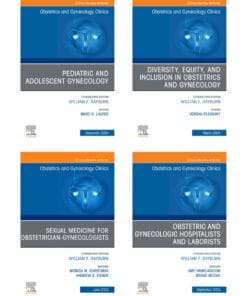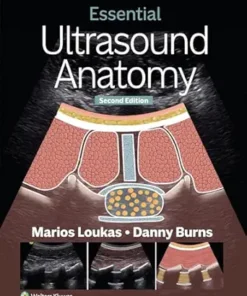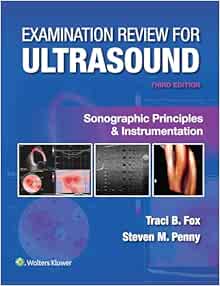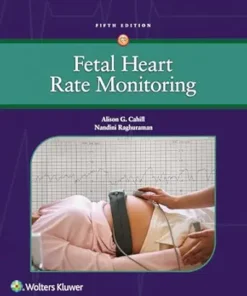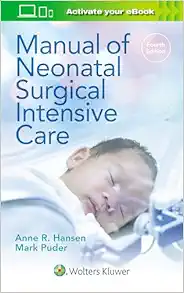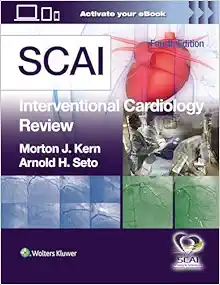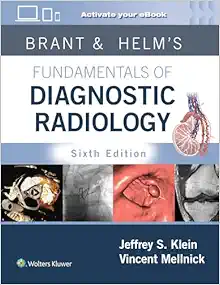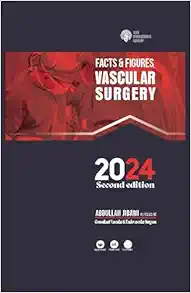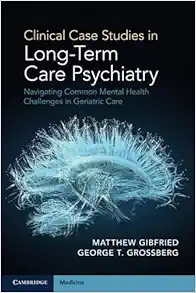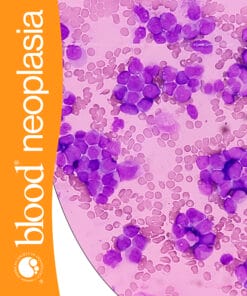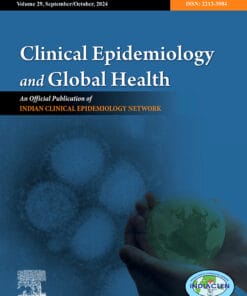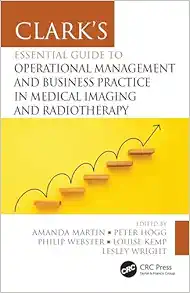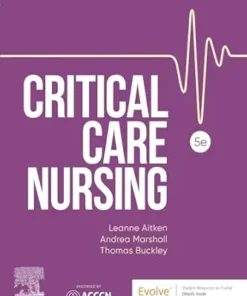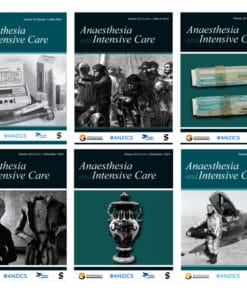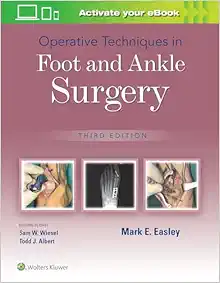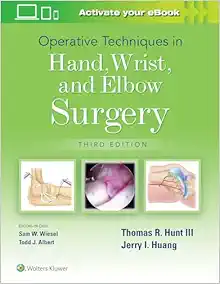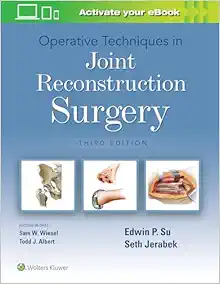Single Best Answer MCQs in Anaesthesia: Volume II Basic Sciences (EPUB Book)
5 $
Format : EPUB
File Size : 1 MB
This book contains six sets of practice papers with 30 single best answer questions each on physiology, pharmacology, clinical measurement, and physics. It is designed for candidates sitting postgraduate examinations in anaesthesia, intensive care medicine, and pain management. It also serves as a valuable educational resource for trainees and practising anaesthetists. The book has a publisher, TFM Publishing Ltd and was published on September 1, 2011. Its ISBNs are 9781903378830 and 9781908986863.
Single Best Answer MCQs in Anaesthesia: Volume II Basic Sciences (EPUB Book)
Introduction to Single Best Answer MCQs in Anaesthesia
Single Best Answer MCQs in Anaesthesia: Volume II Basic Sciences is a book that provides an extensive collection of multiple-choice questions on the basic sciences of anaesthesia. The book comprises six sets of single best answer practice papers, each set containing 30 single best answer questions on physiology, pharmacology, and clinical sciences . Single Best Answer MCQs require the candidate to choose the single best answer from a list of options, making it a more challenging and effective way of testing knowledge than traditional MCQs .
The use of MCQs in medical education has several benefits. MCQs provide a quick and efficient way of testing a large amount of material, making it an ideal tool for assessing knowledge in a limited time frame. Moreover, MCQs can be used to assess different levels of learning, from simple recall to complex problem-solving skills . The Single Best Answer MCQs in Anaesthesia: Volume II Basic Sciences is an excellent resource for anaesthesia trainees preparing for their exams and for anaesthetists seeking to refresh their knowledge of the basic sciences .
The book provides a comprehensive overview of the basic sciences of anaesthesia, covering topics such as physiology, pharmacology, and clinical sciences. The six sets of single best answer practice papers provide candidates with ample practice and enable them to test their knowledge of the basic sciences of anaesthesia . Single Best Answer MCQs in Anaesthesia: Volume II Basic Sciences is a valuable resource for anaesthesia trainees and anaesthetists seeking to enhance their knowledge and test their understanding of the basic sciences of anaesthesia .
Anatomy and Physiology
The anatomy of the respiratory system is a crucial component of anaesthesia practice. Understanding the structure and function of the respiratory system is essential for providing safe and effective anaesthesia. The respiratory system consists of the upper and lower airways, including the nose, pharynx, larynx, trachea, bronchi, and lungs. The upper airway provides a pathway for air to enter the lungs, while the lower airway is responsible for gas exchange . A thorough understanding of the anatomy of the respiratory system is essential for identifying and managing potential complications during anaesthesia.
The physiology of the cardiovascular system is another critical aspect of anaesthesia practice. The cardiovascular system is responsible for maintaining blood flow and oxygen delivery to all organs and tissues in the body. The heart, blood vessels, and blood collectively make up the cardiovascular system. Understanding the physiology of the cardiovascular system is essential for monitoring and managing patients during anaesthesia. Vital signs such as heart rate, blood pressure, and oxygen saturation provide important information about the function of the cardiovascular system . Therefore, a comprehensive understanding of the anatomy and physiology of the cardiovascular system is essential for providing safe and effective anaesthesia.
The nervous system plays a crucial role in anaesthesia practice, particularly in the administration of regional anaesthesia. The nervous system is responsible for transmitting signals between the brain and the rest of the body, allowing for the detection and response to sensory stimuli. Understanding the anatomy and physiology of the nervous system is essential for the administration of regional anaesthesia, which involves the injection of local anaesthetic near nerves to provide pain relief to a specific area of the body. A thorough understanding of the nervous system is essential for identifying potential complications and managing patients during regional anaesthesia .
Pharmacology
Pharmacology is an essential aspect of anaesthesia, and understanding its concepts is crucial for anaesthetists. This book, Single Best Answer MCQs in Anaesthesia: Volume II Basic Sciences, comprises six sets of single best answer practice papers, each containing 30 single best answer questions on physiology, pharmacology, and clinical practice . These questions are drawn from recent journal articles and textbooks of anaesthesia and basic sciences . The book aims to provide trainees with essential study material for postgraduate anaesthetic examinations . The evaluation of knowledge and skills is achieved through objective assessment, including theory MCQs, OSCE, and OSPE practical assessment stations, with scores on pharmacology or any other subject being one of the criteria for assessment .
The pharmacology of local anaesthetics is a crucial topic for anaesthetists. This book includes a set of single best answer questions on the pharmacology of local anaesthetics, which covers the mechanism of action, pharmacokinetics, and adverse effects of these drugs . Understanding the pharmacology of local anaesthetics is essential for the safe and effective administration of these agents, which are commonly used in anaesthetic practice.
The pharmacology of neuromuscular blocking agents is another important topic covered in this book. The set of single best answer questions on the pharmacology of neuromuscular blocking agents covers the mechanism of action, pharmacokinetics, and adverse effects of these drugs . Understanding the pharmacology of neuromuscular blocking agents is essential for the safe and effective use of these drugs, which are commonly used to facilitate tracheal intubation and surgical relaxation during anaesthesia .
Pathophysiology
Respiratory failure is a complex pathophysiological process that can result from various conditions, such as acute respiratory distress syndrome and aspiration. ARDS is a known complication following aspiration, which is characterized by increased pulmonary capillary permeability . The pathophysiology of respiratory failure involves a disruption of the normal gas exchange between the lungs and the blood, resulting in hypoxemia and hypercapnia. This can be caused by a variety of factors, including decreased lung compliance, increased airway resistance, and impaired gas diffusion . Understanding the pathophysiology of respiratory failure is crucial in the management of critically ill patients, as it can help guide appropriate interventions to improve oxygenation and prevent further complications.
Shock is a life-threatening condition that occurs when there is inadequate tissue perfusion, leading to cellular hypoxia and dysfunction. The pathophysiology of shock involves a complex interplay of various factors, including decreased cardiac output, increased vascular resistance, and altered microcirculatory function . There are different types of shock, including hypovolemic, cardiogenic, distributive, and obstructive, each with its unique pathophysiology. Early recognition and prompt management of shock are essential to prevent irreversible organ damage and improve patient outcomes.
Coagulation disorders are a group of conditions that affect the body’s ability to form blood clots, leading to bleeding or thrombosis. The pathophysiology of coagulation disorders involves a complex interplay of various factors, including platelet function, coagulation factors, and fibrinolysis . Disorders of coagulation can be inherited or acquired and can result from various conditions, such as liver disease, malignancy, and trauma. Understanding the pathophysiology of coagulation disorders is crucial in the diagnosis and management of these conditions, as it can help guide appropriate interventions to prevent bleeding or thrombosis.
Clinical Measurement
Clinical measurement is an essential aspect of anaesthesia, and anaesthesiologists must have a thorough understanding of various measurement techniques to ensure patient safety. Single Best Answer MCQs in Anaesthesia: Volume II Basic Sciences provides practice papers that cover topics such as clinical measurement . Each set of practice papers contains 30 single best answer questions on physiology, pharmacology, clinical measurement, and physics .
One of the critical measurements in anaesthesia is cardiac output. Several techniques are used to measure cardiac output, including thermodilution, dye dilution, and impedance cardiography. These techniques measure the amount of blood pumped by the heart per minute and are essential for monitoring cardiac function during anaesthesia . Similarly, pulmonary function is another vital aspect of anaesthesia, and its measurement is crucial for assessing lung function. Techniques such as spirometry and arterial blood gas analysis are used to measure pulmonary function .
Neuromuscular function is another critical aspect of anaesthesia, and its measurement is necessary to assess the depth of anaesthesia and monitor the effects of neuromuscular blocking agents. Several techniques are used to measure neuromuscular function, including electromyography, acceleromyography, and mechanomyography . Single Best Answer MCQs in Anaesthesia: Volume II Basic Sciences covers these measurement techniques and their clinical applications . With a thorough understanding of clinical measurement techniques, anaesthesiologists can ensure patient safety and provide optimal care during anaesthesia .
Product Details
- Publisher: TFM Publishing Ltd; September 1, 2011
- Language: English
- ISBN: 9781903378830
- ISBN: 9781908986863
Related Products
Medical Book
Medical Book
Medical Book


